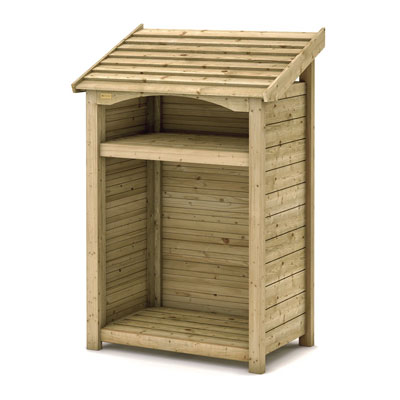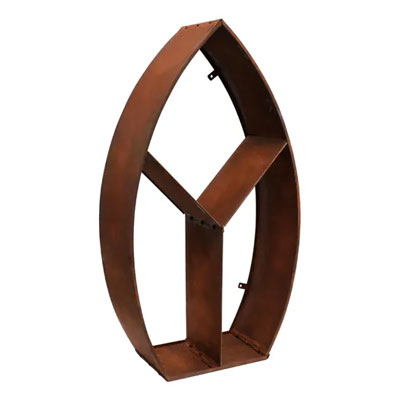I really love our log burning stove – but I so wish I'd known these 5 things before installing it
Log burning stove on your wish list? Make sure you know exactly what to expect before splashing out
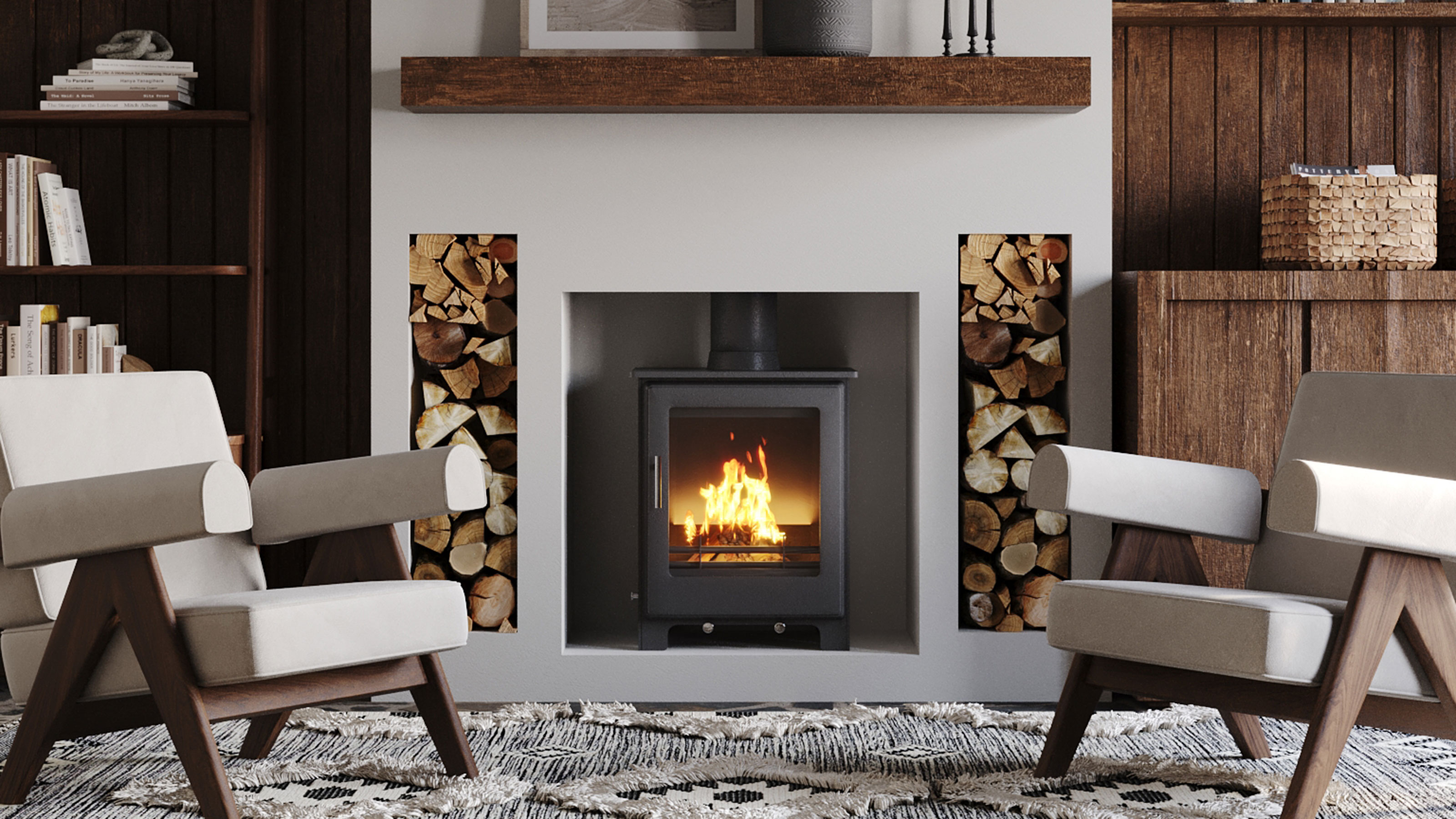

There are few things as exciting to me as the first properly crisp and cold day of autumn. A time when I can un-vacuum pack the cold-weather duvet, feel justified in lighting a few candles (even on a weekday) and, of course, fire up the wood burning stove.
Not only does the cosy glow it sends forth instantly transform the open plan kitchen-diner it sits within into a homey hub, but is also throws out tonnes of heat into what is, as outside temperatures dip, a draughty, chilly place to be – particularly as a home worker.
However, despite all the positives it brings to the house, there are certain elements of log burning stove ownership that came as a surprise to me (and not always a welcome one at that). For this reason, I want to share with you the five things worth knowing before buying, installing and lighting your own wood burner.
1. DIY installation won't necessarily save you money
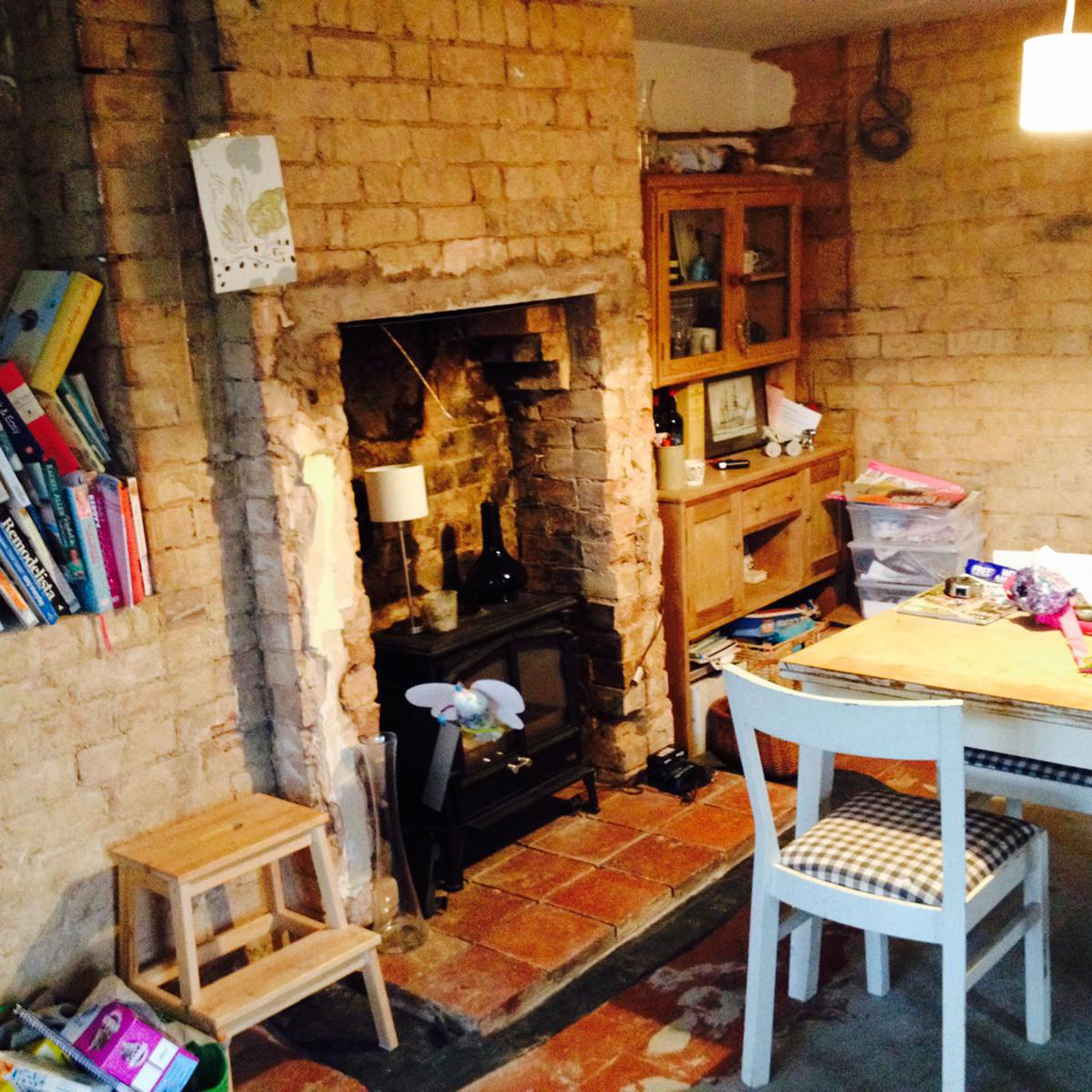
Opening up the fireplace and installing the log burner was a bigger job than we anticipated.
As with the majority of our renovation project, we undertook the installation of the log burner on a DIY basis. While this seemed like a good idea at the time, this is not necessarily a route I would take again.
'A stove is only as good as its installation, from chimney requirements to hearth regulations, all the details matter,' points out Jon Butterworth, director at Arada Stoves. 'Skipping professional help or attempting DIY installation yourself can lead to safety risks or even invalidate your home insurance,'.
Although we managed to successfully install our own stove, it meant informing building control (if we had used a registered installer they would have done this for us), clambering up onto the roof to fit the flue liner and chimney cowl, and reading up on log burner building regs.

Jon Butterworth is director of Arada Stoves, one of the UK's leading suppliers of log burning stoves and has a wealth of experience in supplying and installing them.
2. Sometimes it kicks out too much heat
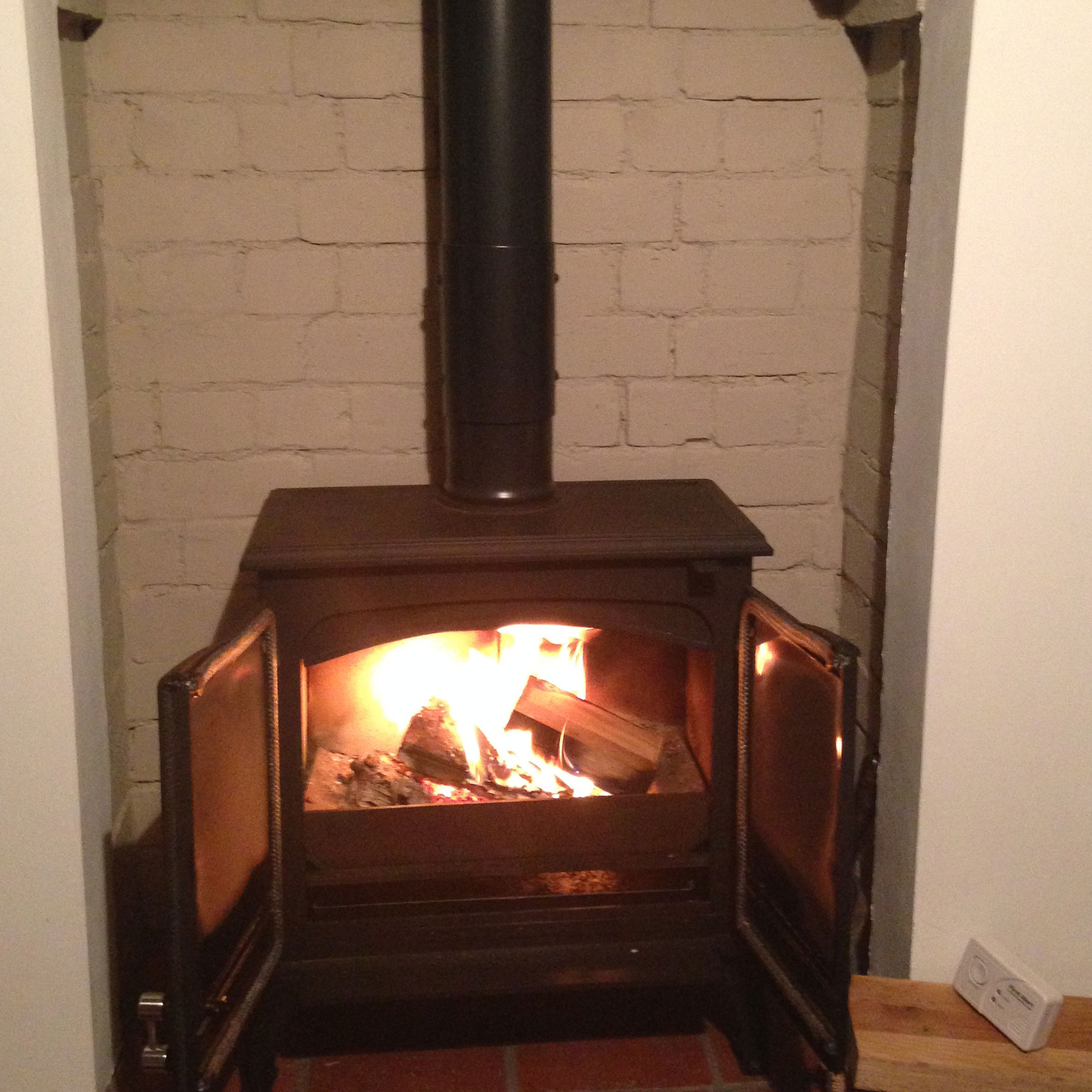
When the log burning is roaring away, the room soon heats up.
Our house was built in 1915 and as such can feel akin to a deep freeze on a winter's morning, despite all the draught proofing ideas we have implemented over the years. Solid walls and floors and draughty doors and windows are the main culprits. However, once the log burning gets going, it soon becomes super toasty. Sometimes a little too much so.
Sign up to our newsletter for style inspiration, real homes, project and garden advice and shopping know-how
This has less to do with its size as it does with its placement, right next to our dining table. The arguments over who gets to sit next to the stove for dinner soon turn into sweaty pleas to swap places.
'One of the most common mistakes is buying a stove that’s too powerful or too weak for the room,' reveals Jon Butterworth. 'An oversized stove can overheat your space, causing discomfort and even potential fire hazards, which we don’t want. Be sure to measure the room's dimensions and consider the insulation level, such as if you have carpet and double-glazed windows.'
3. It requires more maintenance than you might think
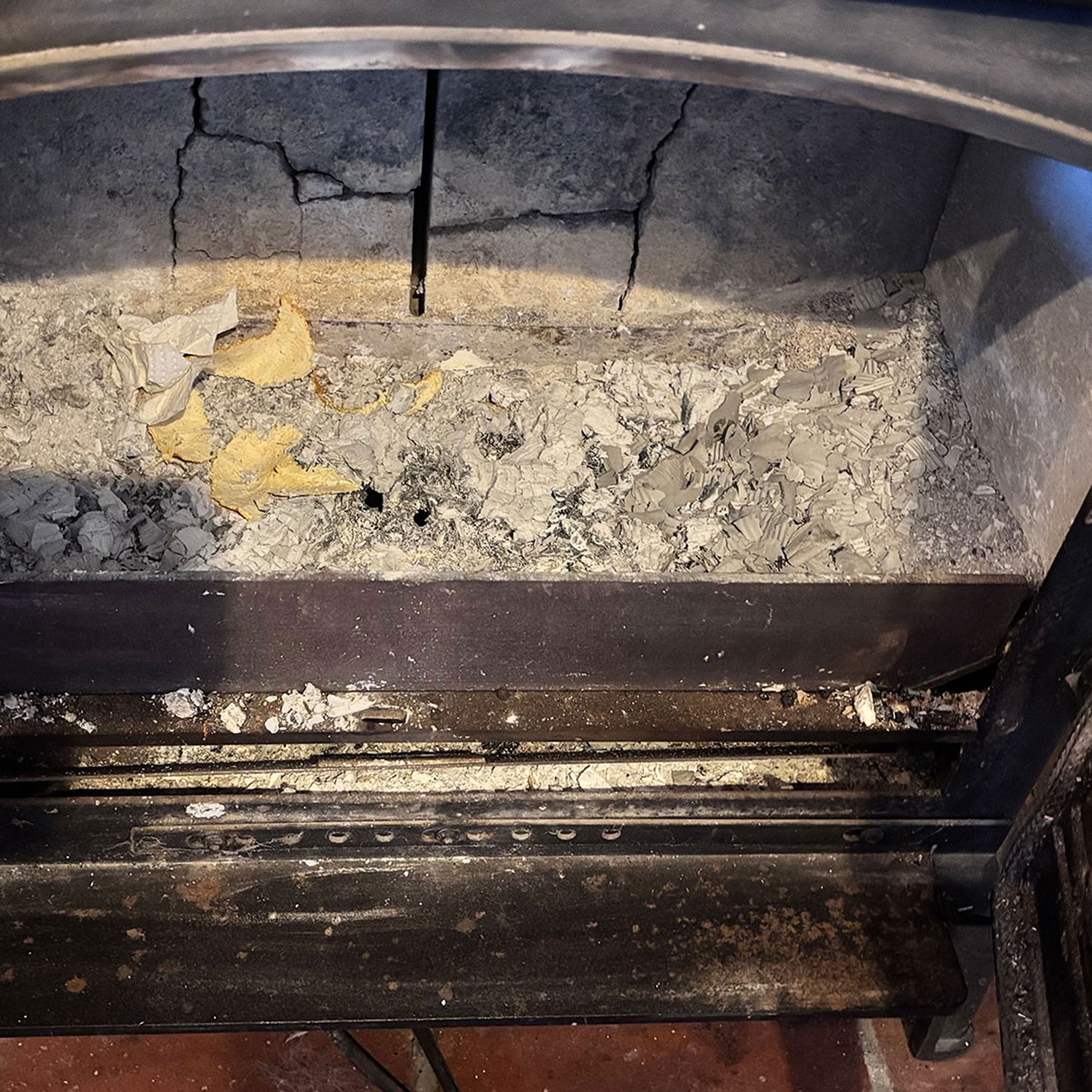
Ash needs to be cleaned regularly when the stove is in daily use.
Just like open fires, log burners require a degree of maintenance in order to stay in good (and safe) working order.
It is important to note that, if your stove is connected to a chimney, this will need to be swept on an annual basis, particularly after months of disuse. I always forget this then find myself way down at the bottom of our local sweep's to-do list, waiting impatiently to be able to light the log burner up.
You'll also need to find out how to clean log burner glass and carry out a few routine checks once you are using the stove regularly if you want it to perform effectively.
'We recommend having your stove professionally serviced and the flue swept at least once a year,' advises Jon Butterworth. 'This will ensure efficient, safe operation and help to prevent soot build-up, which can lead to fires if not properly maintained.'
'A consistent cleaning schedule, whether fortnightly or monthly, is advised,' adds Joanna Humphreys, fire and stove expert for Direct Stoves. 'It’s also important to remember, it’s not just the exterior that needs cleaning, the flue and glass door need attention too and may require different techniques.'

Joanna Humphreys is a fire and stove expert at Direct Stoves, an online stove retailer selling an array of wood burning, multi fuel, gas, and electric stoves.
4. Not all logs are created equal
Even once your stove is clean and good to go, you need to give some thought to the fuel you'll burn – and this really does matter. Not only will you need to find a good, reliable supplier (neighbours are usually great for recommendations), but you will also need to check how they are delivered and think about some log storage ideas to keep them dry.
'One of the most important elements of efficient burning is selecting the right fuel, as it impacts the heat output, burn cleanliness and the overall health of your stove,' explains Joanna Humphreys. 'For wood burning stoves, it’s best to use seasoned or kiln-dried logs with a moisture content below 20% for optimal burning,' continues Joanna. 'If drying wood yourself, ensure it has enough time to season and, for reassurance, seek out logs with the 'Woodsure certification', a UK standard for high-quality ready-to-burn wood.
'This can then be stored in a dry, well-ventilated area to ensure it maintains low moisture levels. Painted or varnished wood should be avoided due to the chemicals it contains, which can release toxins and complicate stove cleaning.'
Shop outdoor log stores
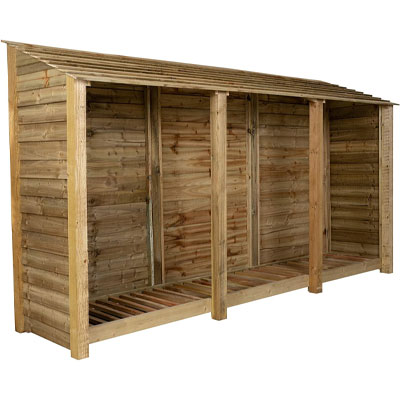
This 6ft log store offers plenty of room to keep even a sizeable stash of firewood dry throughout winter. Its raised base reduces the risk of mould and damp, while a rear ventilation panel helps circulate air. The 50mm overhang works well to keep rain off too.
5. The stove surround needs to be designed carefully
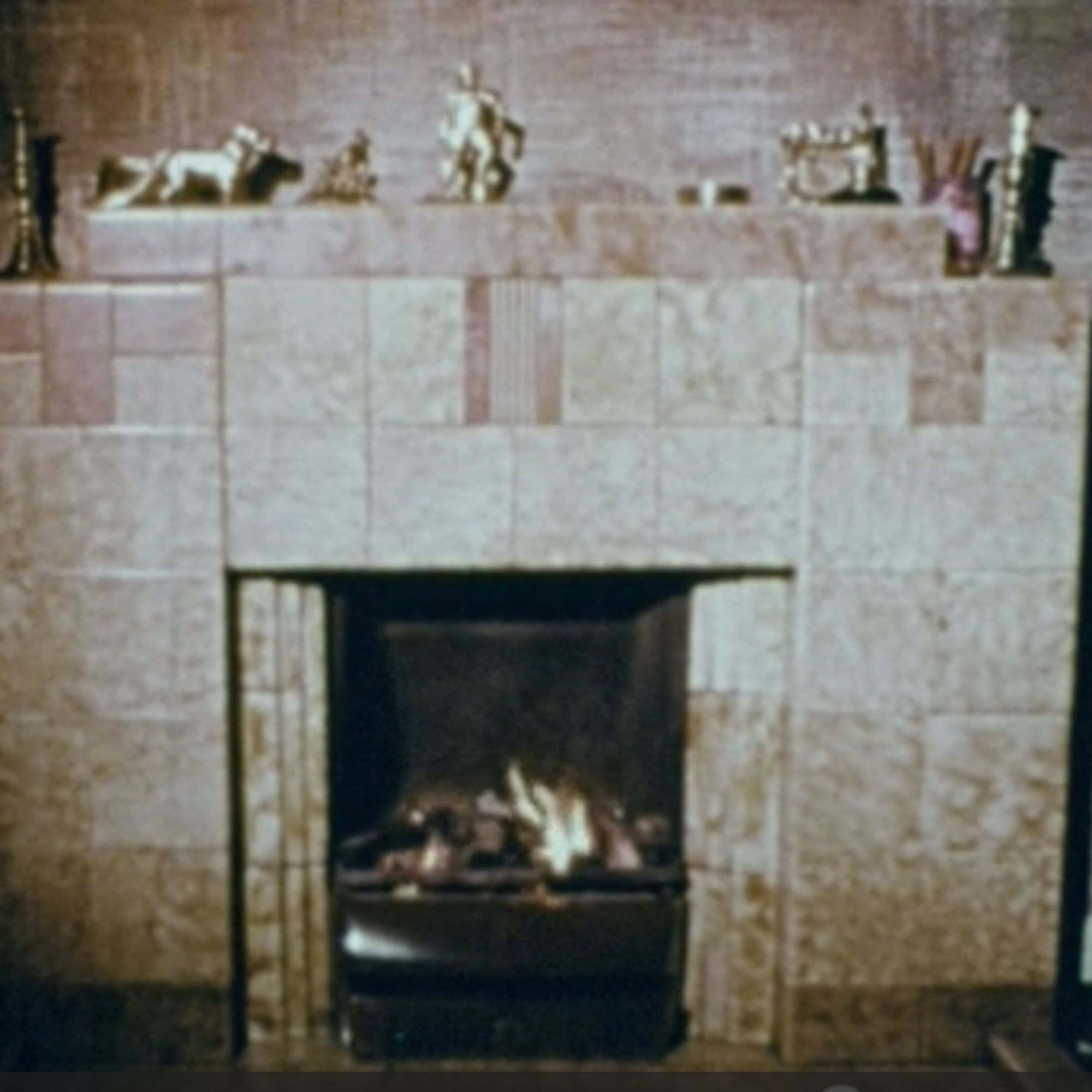
This fireplace is almost identical to the one that once stood where the log burner is now.
When we moved into our house, the dining room in which the log burner now stands was half the size it is, a dark closed-off 'middle room' with little light – the only feature (if you can call it that) was the fireplace, which had been installed at some point during the early 1950s when the house had last seen any decorating work.
A huge concrete design, adorned with mottled grey tiles, at its centre was an open fire within a heavy grate. It took some getting out, but once it was gone, we were able to see what we were working with. We preferred modern fireplace ideas and so decided to open up the fireplace to form what I would describe as a 'mini inglenook.' However, there were guidelines we needed to follow when it came to the size of the opening.
'When installing a stove, you need to be aware of the clearance to combustible materials – which means how much space you need around your stove to meet safety and building regulations,' explains Jon Butterworth. 'If a combustible material is within an unsafe distance of your stove, this can result in a fire hazard.
'The clearance advice will vary depending on the stove model, so it’s best to speak to your fitter who will be able to advise and install the stove correctly,' continues Jon. 'As a general rule, you need:
- At least 150mm above the stove (500mm is needed if you have a wooden mantlepiece).
- At least 150mm clearance on either side of the stove.
- At least 255mm clearance at the front of the burner.
- The hearth should be a minimum of 840x840mm and 12mm thick.
- The measurement behind your stove will depend on the stove model so ask your fitter.
FAQs
What size log burner do I need?
Getting the size of your log burner right is so important if you want to enjoy it. Opt for wood burner ideas that are too small and you'll still feel the chill even when it is roaring away – too big and you'll find the room overheating.
'You need to consider both the physical size of your stove, as well as the heat output it offers to ensure the room is heated efficiently,' explains Jon Butterworth. 'This will differ depending on the size of the room, how well insulated it is, if you have double glazing, if you have carpet or wood floors and so on.
'For example, if you have a well-insulated room with central heating, carpet and double glazing, a 5kW stove should be sufficient. In older, draughty homes with single-glazing and wood floors, you may need a 7kW stove.'
Still undecided on whether a log burning stove is the right option for you? Take some time to weigh up wood burners vs open fires to ensure you make the right choice.

Natasha has been writing about everything homes and interiors related for over 20 years and, in that time, has covered absolutely everything, from knocking down walls and digging up old floors to the latest kitchen and bathroom trends. As well as carrying out the role of Associate Content Editor for Homebuilding & Renovating for many years, she has completely renovated several old houses of her own on a DIY basis.
You must confirm your public display name before commenting
Please logout and then login again, you will then be prompted to enter your display name.
